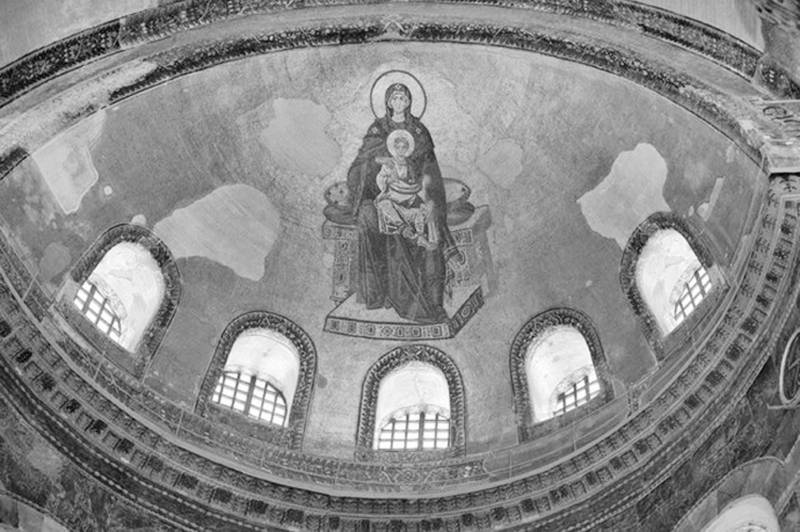“Whatever good things we build end up building us.”
-Jim Rohn
Image: Steemit
The Hagia Sophia (Ayasofya in Turkish) was originally built as a basilica for the Greek Orthodox Christian Church. However, its function has changed several times in the centuries since. Byzantine Emperor Constantius commissioned the construction of the first Hagia Sophia in 360 A.D. The structure was burned to the ground in 404 A.D, and rebuilt in 415. However, the structure was burned for a second time. Unable to repair the damage caused by the fire, the Hagia Sophia was demolished in 532. It was completed in 537, and remains standing today. The Hagia Sophia was considered the central church of the faith, and it thus became the place where new emperors were crowned.
The Hagia Sophia served this pivotal role in Byzantine culture and politics for much of its first 900 years of existence. However, during the Crusades, it was under Roman control. The next significant period of change for the Hagia Sophia began when the Ottomans captured Constantinople in 1453. The Ottomans renamed the city, “Istanbul”.
Recently, the Turkish government officially turned the Ayasofya museum to a mosque. Some rejoice in this move, while others call it an erasure of culture.






